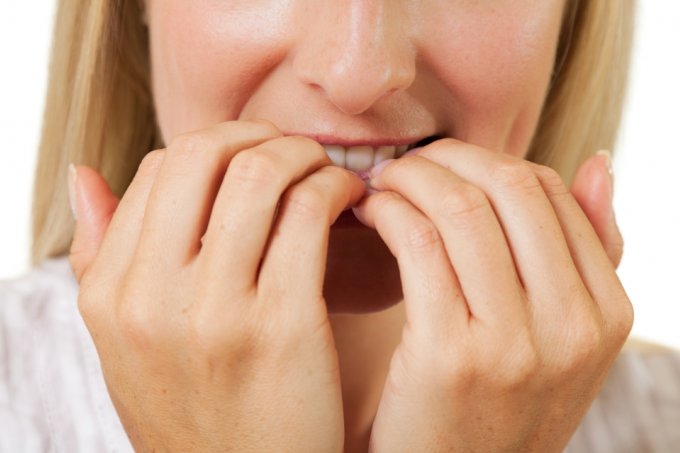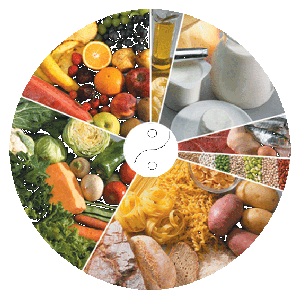Hello dear readers
Today our reading will be about anxiety!
Do you feel anxious? Have you ever wondered if Acupuncture and Diet Therapy techniques can help in such an uncomfortable state of mental agitation?
According to the World Health Organization (WHO), Anxiety is a feeling of unease and concern, generally widespread and unfocused, as an overreaction to a situation that is only subjectively seen as threatening. It is often accompanied by muscle tension, restlessness, fatigue and problems with concentration.
In Traditional Chinese Medicine, anxiety affects the Heart. The Heart is responsible for controlling Shen, that is, the mind. When we are anxious, we have a “Disturbed Shen”, that is, a “Disturbed Mind”.
Every movement of agitation generates an internal heat, and in the case of anxiety, we have Heart Heat. Thus, it is recommended that, in order to feel less anxious, we must “remove the heat from the heart”.
Some points are indicated to decrease the heart heat: HT-7, HT-8, PC-6, PC-7, PC-8.
There are points with the indication of improving anxiety, without necessarily having the function of removing heat from the heart, such as Yintang, GV-20 or ear points of Anxiety, Heart and Emotional Tension.
It is important to know that acupuncture points react to different types of stimuli and not just with needles. If it is not possible to attend to a patient personally, who needs to control anxiety, we can guide him to press these points for 1 to 3 minutes, always bilaterally (when the point exists on both sides). In addition, stimulation with magnets or stiper can also be performed.
Assuming that in anxiety there is Heart Heat, we need to make the patient eat substances that have a cold or fresh essence for this organ, such as melon, watermelon, strawberry, mint, apple, among others.
More foods can be found in the tables available at: https://www.facilitatingacupuncture.com/therapeutic-food-tables/
In addition to the Heart, the Spleen may be impaired and weakened by excessive thoughts. To reduce excessive thoughts, use SP-3 and consume good quality roots like yams and sweet potatoes often in the diet. Teaching the patient to stimulate SP-3 is an excellent way to calm anxiety and improve attention, focus, concentration and the ability to learn new things. These situations are hampered by anxiety.
Remember, anxiety about something good that is going to happen, like a trip, an entry of money into the account or a gift that will be received is normal. But under no circumstances, failing to live in the present waiting for an uncertain future, will be healthy for the body. So are we going to take care of the mind and the heart?
I hope you enjoyed!
A big hug to everyone!
Profa. Fernanda Mara
